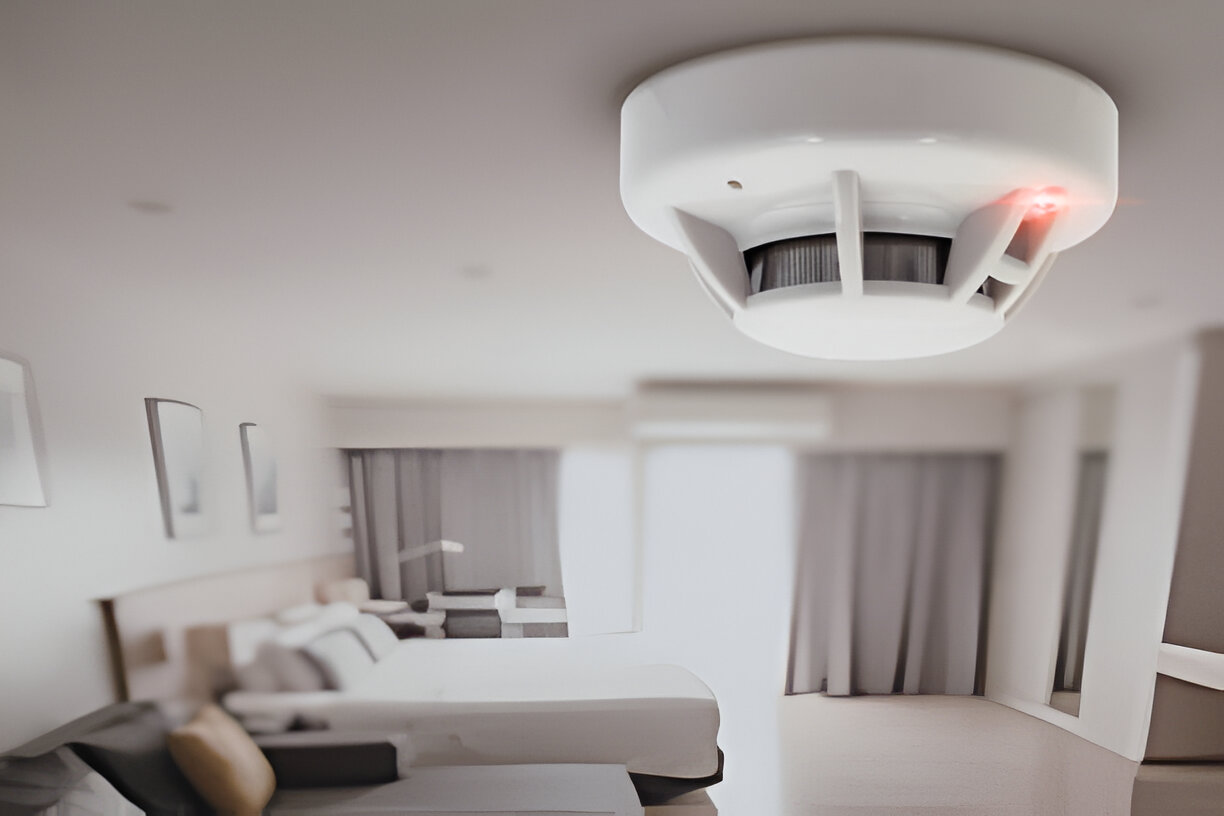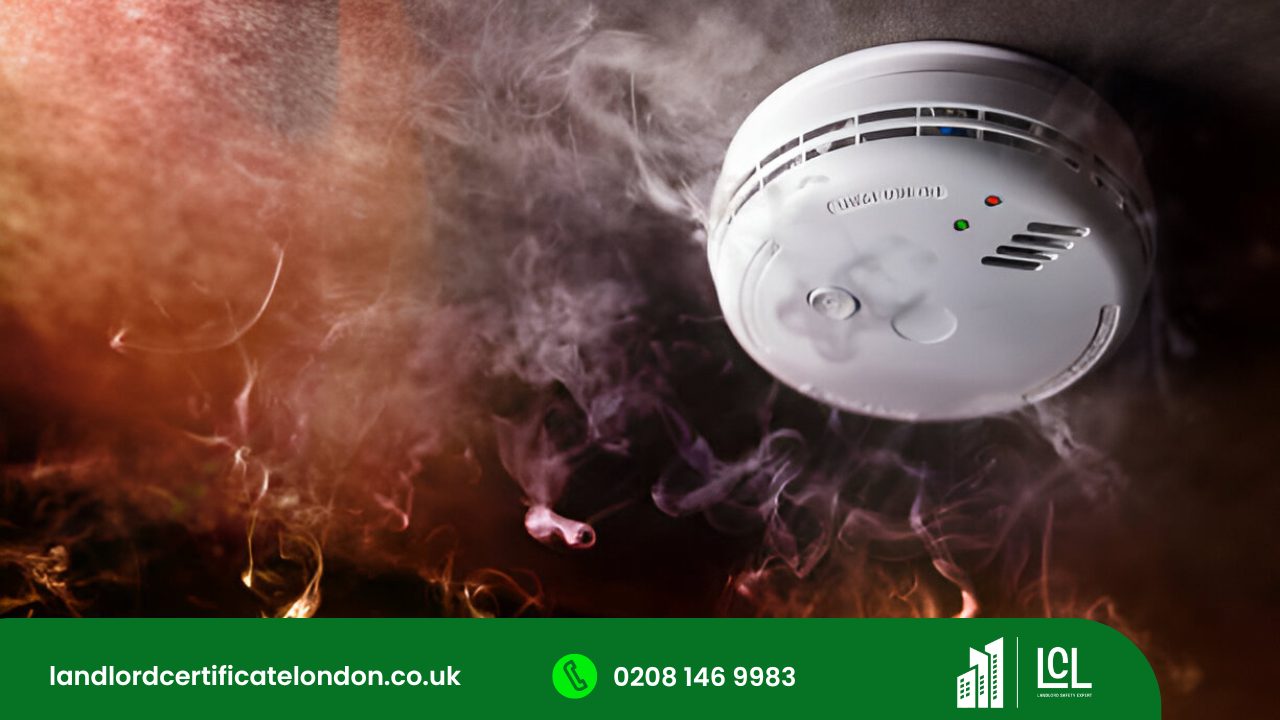
In the realm of fire safety, the installation of fire alarm systems is guided by stringent standards designed to maximize protection and ensure rapid emergency response. While these rules mandate the placement of alarms and the type of equipment used, understanding the rationale behind each requirement is crucial for professionals in the field. For instance, the wiring and alarm placement specifications adhere to national safety codes and incorporate local regulations that may vary significantly. As we explore the nuances of these requirements, it becomes apparent that some deeper complexities and considerations influence system efficacy and compliance. Let’s understand the Standard Requirements for Fire Alarm System Installation.
Key Components of a Fire Alarm System
Installing a fire alarm system is critical in residential and commercial buildings to ensure the safety of both property and lives. Central to these systems are advanced fire detection technologies and efficient alarm notification methods, which form the backbone of any robust fire protection strategy.

Fire detection technologies are designed to quickly identify a fire’s presence through various means such as smoke, heat, and flame detectors. Each type utilizes specific sensors that respond to different indicators of fire, ensuring rapid response times and reducing false alarms. For instance, photoelectric smoke detectors are highly effective in recognizing smoldering fires, while ionization smoke detectors are quicker at detecting flaming fires.
Complementing these detectors are the alarm notification methods, which are pivotal in conveying the urgency and specifics of the threat to occupants and emergency response teams. These include auditory signaling devices like bells and horns, and visual indicators such as strobe lights, designed to ensure that all occupants, regardless of their location or potential impairments, are alerted effectively.
This integration of sophisticated detection technologies with comprehensive notification systems ensures a high level of preparedness and response capability, crucial for safeguarding human life and property in any fire emergency.
Essential Installation Requirements and Guidelines
Transitioning from the key components to practical implementation, it’s essential to adhere strictly to established installation requirements and guidelines to optimize the effectiveness of fire alarm systems. Each fire alarm type presents unique installation challenges that must be meticulously addressed. This involves understanding the specific requirements that align with the operational characteristics of various detector types, such as smoke, heat, and carbon monoxide detectors.
| Requirement | Detail |
|---|---|
| Location | Install alarms in all required areas including sleeping rooms, living areas, and near kitchens. |
| Wiring | Use fire-resistant cables for all connections; ensure proper segregation from other electrical wiring. |
| Control Panel | Must be easily accessible and marked for quick identification during emergencies. |
| Testing & Maintenance | Regular scheduling to ensure functionality; immediate repair protocols for identified issues. |
Professionals must engage with these criteria with an understanding of the intricacies involved in the installation processes. For instance, the avoidance of air vents when placing smoke detectors can prevent false alarms and enhance system reliability. Ensuring that the layout of fire alarms is congruent with the architectural peculiarities of a building is paramount. This detail-oriented approach not only complies with regulatory standards but also significantly elevates safety outcomes.
Regulatory Standards for Fire Alarm Systems
Building upon the meticulous installation requirements for fire alarm systems, it is equally important to consider the regulatory standards that govern these installations. Regulatory compliance ensures the functionality and effectiveness of fire alarm systems, which are critical for safety in both residential and commercial buildings.

Various types of fire alarms, including smoke detectors, heat detectors, and multi-sensor detectors, must adhere to specific standards such as the National Fire Protection Association (NFPA) codes, the International Building Code (IBC), and local ordinances that may dictate additional requirements.
These standards comprehensively cover aspects from the design and installation phases to maintenance and inspection routines, addressing various installation challenges. For instance, the NFPA 72, National Fire Alarm and Signaling Code provides guidelines on the application, installation, performance, and maintenance of fire alarm systems. Compliance with such standards ensures that the systems are reliable, sensitive to the early signs of fire, and robust enough to function in adverse conditions.
Installers must navigate these regulatory frameworks meticulously. Understanding the nuances of how different fire alarm types should be integrated into various building designs is paramount. This ensures not only legal compliance but also the operational integrity and efficacy of the fire alarm systems installed.
Correct Placement and Positioning of Fire Alarms
The correct placement and positioning of fire alarms are pivotal to maximizing their effectiveness in detecting fires early and alerting occupants promptly. To ensure optimal performance, it is essential to consider the specific characteristics of fire alarm technology during residential installation. The guidelines for placement involve strategic positioning to detect smoke and heat from various potential sources without delay.
For a comprehensive understanding, here is a detailed table summarizing the key placement considerations:
| Location | Consideration | Details |
|---|---|---|
| Bedrooms | Near sleeping areas | Install on the ceiling or high on a wall, ensuring coverage of all sleeping areas. |
| Living Rooms | Central location | Place in the center of the room or near potential fire sources like fireplaces. |
| Kitchens | Distance from stove | At least 10 feet away from cooking appliances to reduce false alarms. |
| Hallways | Pathway to exits | Install in hallways that serve as exits to aid in evacuation. |
| Basements | Near stairways | Positioned at the top of basement stairways to detect rising smoke. |
Adhering to these placement strategies ensures that the fire alarm system performs efficiently, thereby enhancing safety by providing timely alerts in case of fire. This approach not only meets regulatory compliance but also leverages the latest advancements in fire alarm technology.
Testing and Maintenance for Optimal Safety
Regular testing and maintenance of fire alarm systems are crucial to ensure they function effectively during emergencies. This process includes comprehensive evaluations designed to identify and rectify any deficiencies, thereby mitigating potential malfunctions. Scheduled testing should adhere to the manufacturer’s instructions and local safety regulations, which typically recommend monthly, quarterly, and annual assessments.
During each inspection, technicians should test all components of the fire alarm system, including sensors, control panels, and auditory and visual notifications. This ensures that each element operates by its design specifications.
Maintenance activities should also include the cleaning of devices to prevent dust accumulation, which can impair sensor functionality.
Incorporating fire drill procedures into regular testing regimes enhances the readiness of occupants and the operational capabilities of the system. These drills, when combined with real-time system diagnostics, provide valuable feedback on the efficacy of the fire alarm system and highlight areas in need of adjustment or improvement.
Moreover, staying abreast of technological advancements may necessitate system upgrades. Upgrading systems not only embrace newer, more efficient technologies but also address any obsolescence that could compromise system integrity.
Properly maintained and periodically upgraded fire alarm systems form an essential part of an effective fire safety strategy.
Ensuring Compliance with Fire Safety Regulations
To ensure the safety of occupants and compliance with local fire safety codes, installations of fire alarm systems must meet specific regulatory standards.
These regulations, which vary by jurisdiction, dictate not only the types of systems that must be installed but also their installation methods, monitoring capabilities, and integration with other safety measures.

Installers must be well-versed in both national standards, such as those set by the National Fire Protection Association (NFPA), and local amendments to ensure full compliance.
Fire safety training for system installers and maintenance personnel is crucial.
This training ensures that the individuals responsible for the fire alarm systems are knowledgeable about the latest technologies, installation techniques, and emergency response protocols.
Comprehensive training programs cover a range of topics from system configuration, troubleshooting, and repair, to effective communication with local fire departments and emergency services.
Moreover, regular audits and inspections by certified professionals are necessary to verify that fire alarm systems are not only installed correctly but are also maintained following evolving standards.
These audits help identify potential vulnerabilities in the emergency response framework and provide an opportunity for continuous improvement in fire safety practices.
Conclusion
In conclusion, adherence to established codes and standards for fire alarm system installations is imperative for ensuring optimal safety and functionality. Rigorous compliance with NFPA guidelines, local ordinances, and regular maintenance protocols plays a crucial role in the efficacy of these systems. Diligent positioning, use of fire-resistant materials, and systematic testing are essential measures that significantly enhance emergency preparedness. Ultimately, these practices safeguard lives and property by enabling timely detection and response to fire incidents.
About the Author: LandlordCertificate
Related Posts
Get Social
Recent Posts
- Fire Risk Assessment Review as a Driver of Stronger Safety Control
- Comprehensive EICR London Services for Every Property
- System Planning for Large Buildings with Fire Alarm Installation
- Fire Service Fire Risk Assessment for Stronger Safety Management
- Electrical Risk Clarity Improved Through an EICR Report













